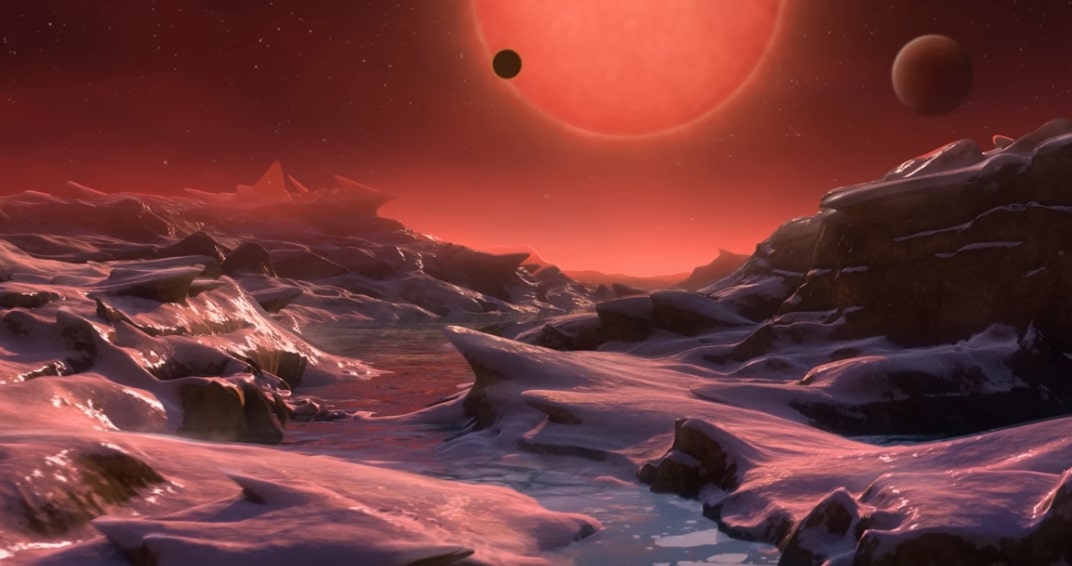Discover the Mysteries of Technological Life Around Rare Stars

Why G-Type Dwarf Stars Are Less Common
G-type dwarf stars, like our Sun, represent a small fraction of all the stars in our galaxy. Their rarity makes Earth an exceptional place in the universe. These stars are not only less common but also have characteristics that make them uniquely suited to support life.
The Predominance of Red Dwarfs
M-type red dwarfs constitute a staggering 82% of the stars in the cosmos, and yet, they remain largely overlooked in the hunt for Earth-like planets. Their dimness and prominence in lower-mass star systems illustrate their differences. Why then do we favor the less plentiful G-type stars?
"The universe is under no obligation to make sense to you." ― Neil deGrasse Tyson
Understanding Stellar Habitability
The potential for life on surrounding planets is greatly influenced by the star it orbits. While M-type stars can harbor planets in their habitable zones, their volatile solar flare activities raise questions. In contrast, G-type stars provide a more stable environment conducive to life development.
The Importance of Stability
- G-type stars maintain a stable luminosity over billions of years.
- They exhibit minimal solar flares, ensuring stable climates on orbiting planets.
- Their lifecycle supports the gradual emergence and evolution of complex life.
A Peek into the Future of Stellar Exploration
With advancements in technology, missions like the James Webb Space Telescope seek to explore the skies beyond what we previously imagined. As discoveries unfold, we may find that planets orbiting red dwarfs offer unexpected surprises for habitability and life existence.
The Interplay of Cosmic and Technological Progress
Humanity’s growth, understanding, and technological advancements parallel our cosmic curiosity. As we continue to explore the stars and question our origins, one can't help but wonder how humanity's technological life would have shaped up orbiting a different star.
Would our technological progress differ if we orbited a red dwarf star? Changes in climatic conditions, solar energy harnessing, and even the development of human societies might have taken a different path.
Further Reading and Exploration
For those curious souls yearning to learn more about our place in the universe, explore these insightful articles and books offering deeper insights into stellar mysteries.
Join the cosmic conversation on Twitter with Neil deGrasse Tyson and other experts.
